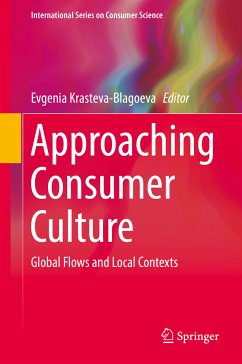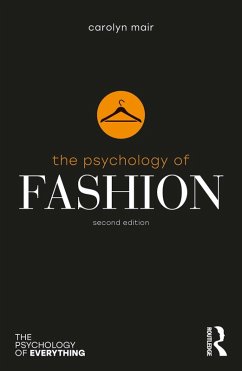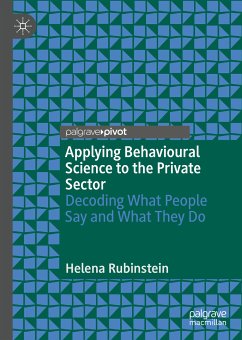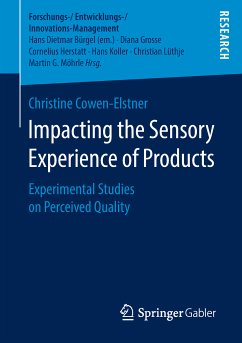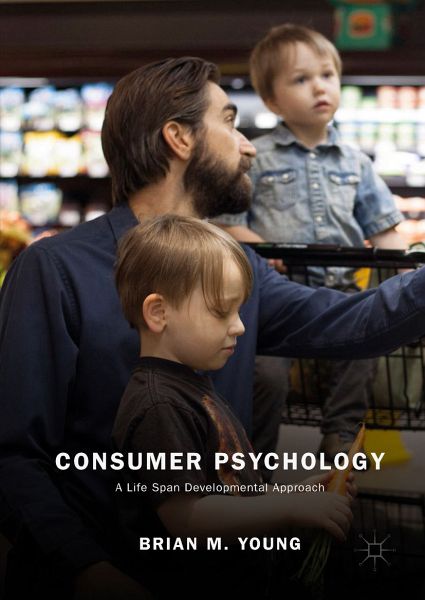
Consumer Psychology (eBook, PDF)
A Life Span Developmental Approach
Versandkostenfrei!
Sofort per Download lieferbar
56,95 €
inkl. MwSt.
Weitere Ausgaben:

PAYBACK Punkte
28 °P sammeln!
This book approaches consumer psychology from a unique perspective - it covers the entire lifespan, from birth to old age. Childhood and youth are not discussed as areas special, different and remote from the rest of consumer research but are integrated into our development as humans. Consumption is viewed as a process by groups and individuals with the cycle continuing through to disposal or ownership and possession. The author discusses how people's natural lifespan influences their relationship to the things they own, how preferences are developed from childhood and how motivations for purc...
This book approaches consumer psychology from a unique perspective - it covers the entire lifespan, from birth to old age. Childhood and youth are not discussed as areas special, different and remote from the rest of consumer research but are integrated into our development as humans. Consumption is viewed as a process by groups and individuals with the cycle continuing through to disposal or ownership and possession. The author discusses how people's natural lifespan influences their relationship to the things they own, how preferences are developed from childhood and how motivations for purchases change throughout their lives from childhood to old age. This book brings together the most recent findings and theories on child and youth consumption, including children's understanding of advertising and marketing, teen and youth identities and their consumption tastes. Moving through Erikson's life stages chapters continue on to adulthood, the mid-life 'crisis' and possessions and ownership in older consumers. This is a deeply interdisciplinary work that will be of interest to scholars across the fields of psychology, business and marketing, as well as to the more general consumer.
Dieser Download kann aus rechtlichen Gründen nur mit Rechnungsadresse in A, B, BG, CY, CZ, D, DK, EW, E, FIN, F, GR, HR, H, IRL, I, LT, L, LR, M, NL, PL, P, R, S, SLO, SK ausgeliefert werden.



